Welcome to our comprehensive article on the topic of air pollution in India. As we all know, air pollution has become a significant environmental crisis with far-reaching consequences. The impact of air pollution in India affects not only the health of the people but also the overall environment and economy. In this article, we will discuss the causes, effects, and potential solutions for this pressing issue.
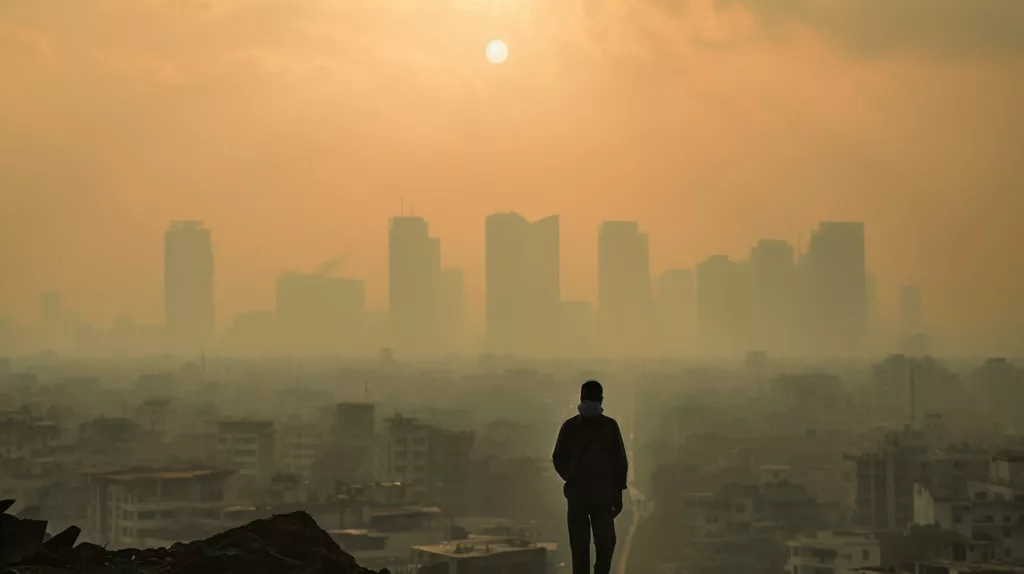
- Air pollution in India is a significant environmental crisis with far-reaching consequences.
- The impact of air pollution affects not only the health of the people but also the overall environment and economy.
- This article will explore the causes, effects, and potential solutions for this urgent issue.
What is Air Pollution?
Air pollution refers to the presence of harmful substances in the air, which can have adverse effects on human health, the environment, and our ecosystem. These substances, known as air pollutants, can originate from both human and natural sources.
There are various types of air pollutants, each with its own unique characteristics and effects. Some of the most common types of air pollutants include:
- Particulate Matter (PM): Tiny particles suspended in the air that can cause respiratory problems and cardiovascular disease when inhaled. PM can also reduce visibility and contribute to climate change.
- Ozone (O3): A gas that can cause lung damage and respiratory problems. Ozone is also a major component of smog, which can reduce visibility and cause respiratory problems.
- Nitrogen Dioxide (NO2): A toxic gas that can cause respiratory problems and other health issues. NO2 is often emitted by vehicles and industrial processes.
- Sulfur Dioxide (SO2): A toxic gas that can cause respiratory problems and other health issues. SO2 is often emitted by power plants and other industrial processes.
- Carbon Monoxide (CO): A toxic gas that can cause headaches, dizziness, and nausea. CO is often emitted by vehicles and industrial processes.
These pollutants can cause a range of both short-term and long-term health effects, including respiratory problems, cardiovascular disease, cancer, neurological effects, and birth defects. Additionally, air pollution can have significant impacts on the environment, including damage to crops, forests, and bodies of water.
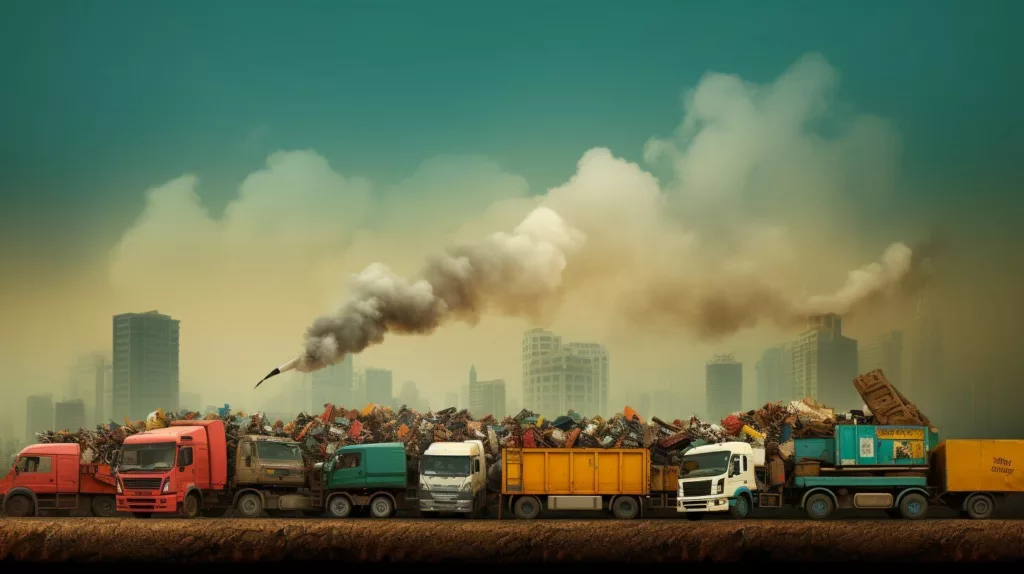
Primary Pollutants
Primary pollutants are pollutants that are emitted directly into the air from a variety of sources and are a major contributor to air pollution in India. These pollutants can have severe impacts on human health and the environment.
One of the main primary pollutants is particulate matter, which is a mixture of tiny solid and liquid particles in the air. These particles can be emitted from natural sources like dust and wildfires, or from human-made sources such as vehicular emissions, industrial processes, and construction activities.
Another significant primary pollutant is sulfur dioxide, which is released from the burning of fossil fuels like coal and oil. This pollutant can cause respiratory problems, especially in people with preexisting conditions like asthma or bronchitis.
Additionally, nitrogen oxides are a primary pollutant emitted from the burning of fossil fuels, especially in transportation. This pollutant can contribute to the formation of smog, which can have negative health impacts on people who are exposed to it.
Other primary pollutants include carbon monoxide, volatile organic compounds, and lead, which can have various sources ranging from vehicular emissions to industrial processes.
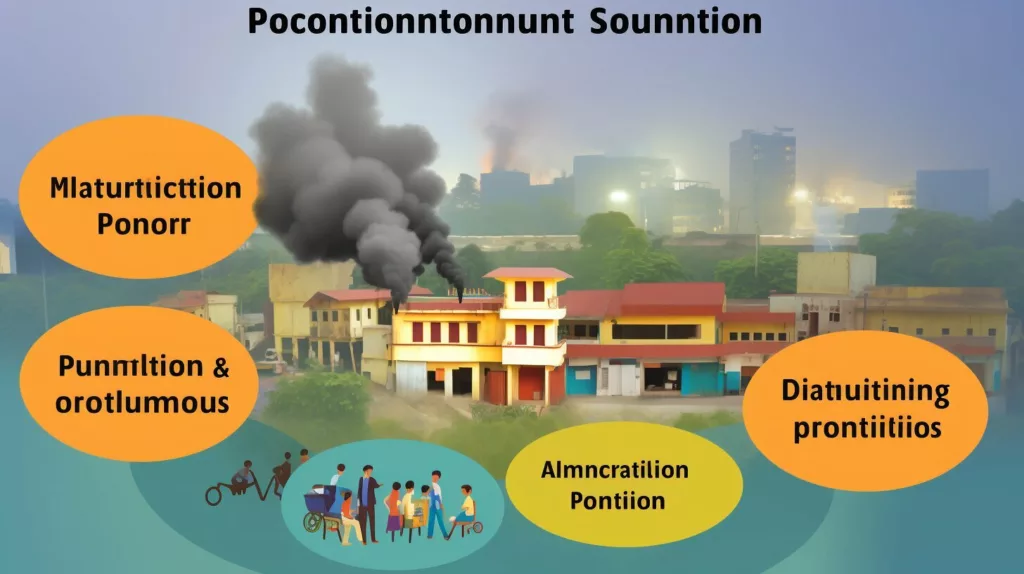
The sources of primary pollutants are diverse, but some of the most significant include industrial emissions, transportation, and agricultural practices. It is crucial to address these sources to reduce the levels of primary pollutants in the air and improve air quality for all.
Primary and Secondary Pollutants: Causes of Air Pollution
In India, air pollution is a significant environmental issue, causing various health problems and having far-reaching consequences for the economy and the environment. The sources of air pollution can be classified into two categories: primary pollutants and secondary pollutants.
Primary Pollutants
Primary pollutants are directly emitted into the atmosphere. These include particulate matter (PM), nitrogen oxides (NOx), sulfur dioxide (SO2), carbon monoxide (CO), and volatile organic compounds (VOCs). These pollutants are emitted from sources such as vehicles, industrial processes, and construction activities.
Particulate matter, which refers to tiny particles suspended in the air, is a major contributor to air pollution in India. It can cause heart and lung diseases and has been linked to premature deaths. Nitrogen oxides and sulfur dioxide are released from motor vehicles and power plants, leading to the formation of acid rain and smog. Carbon monoxide is primarily emitted from vehicles, and exposure to high levels can be fatal. VOCs are emitted from industrial processes and household products, and exposure to high levels can cause eye irritation and respiratory problems.
Secondary Pollutants
Secondary pollutants are formed through chemical reactions in the atmosphere. They include ozone (O3), nitric acid (HNO3), and sulfuric acid (H2SO4). These pollutants are formed when primary pollutants undergo chemical reactions with other substances in the atmosphere, such as sunlight, water vapor, and other pollutants.
Ozone is formed when nitrogen oxides and VOCs react with sunlight. Nitric acid and sulfuric acid are formed when nitrogen oxides and sulfur dioxide, respectively, react with water vapor and other substances in the atmosphere. These secondary pollutants can cause respiratory problems, damage crops, and harm wildlife.
Both primary and secondary pollutants contribute to the problem of air pollution in India. Industrial emissions, vehicular pollution, and agricultural practices are among the significant causes of air pollution in the country. It is important to understand the sources of air pollution to develop effective solutions that can mitigate the problem and improve air quality.
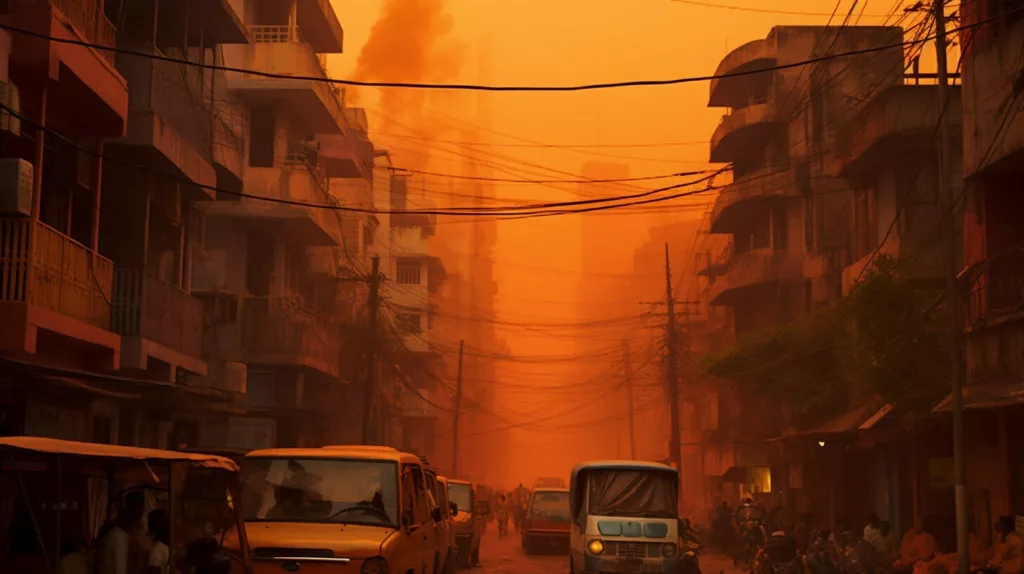
Air pollution has severe consequences on various aspects of Indian society, including public health, the environment, and the economy. Exposure to polluted air can lead to respiratory diseases, including chronic bronchitis, lung cancer, and asthma. (SEO: effects of air pollution)
The effects of air pollution are particularly harmful to vulnerable populations, including children, the elderly, and those with pre-existing health conditions. Respiratory problems result in time off work or school, lowering productivity and creating economic hardships for affected individuals and families.
In addition to its impact on human health, air pollution also affects Indian ecosystems and causes significant ecological damage. The accumulation of pollutants in soil and water ecosystems can cause long-lasting harm to wildlife and disrupt the natural balance of the environment.
Moreover, air pollution has detrimental effects on the Indian economy. The costs of air pollution control and treatment are enormous, and the associated healthcare expenses and lost productivity can significantly impede economic growth and development.
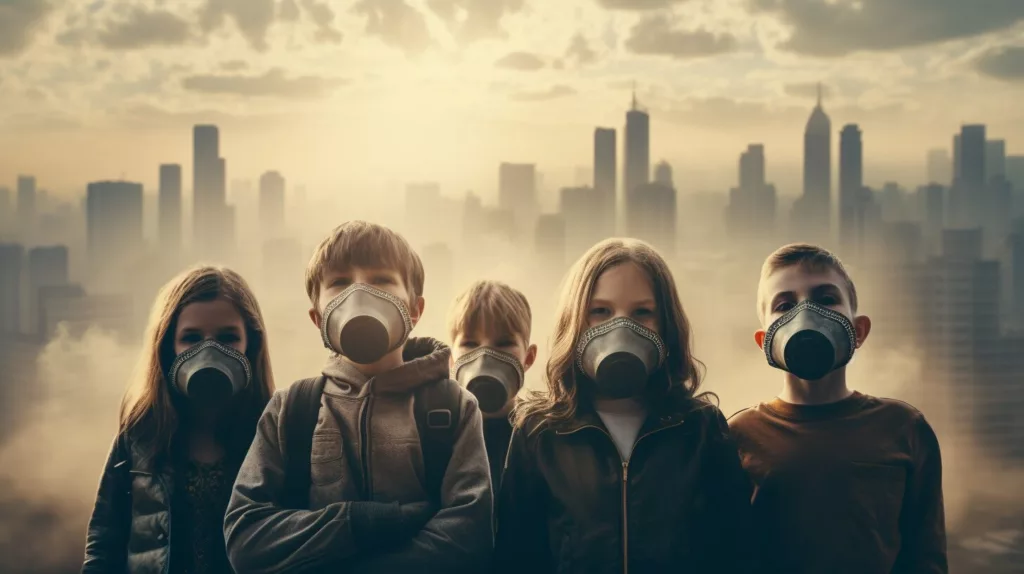
India’s economic development has come at a significant cost to the environment and the health of its citizens. (SEO: effects of air pollution) However, as we continue to work towards reducing air pollution levels in India, we can mitigate these harmful effects and pave the way towards a cleaner, healthier, and more sustainable future.
Causes of Air Pollution in India
Air pollution in India is caused by a variety of factors, including industrial emissions, vehicular pollution, and agricultural practices. These activities release high levels of pollutants into the air, contributing significantly to the country’s poor air quality.
India is home to many industries that emit large amounts of air pollutants. These include power plants, chemical factories, and mining operations. These industries release primary pollutants such as carbon monoxide, sulfur dioxide, nitrogen oxide, and particulate matter, which have a significant impact on air quality.
Vehicle emissions are another significant contributor to air pollution in India. The country has a large number of both personal and commercial vehicles and the majority of these run on diesel fuel. Burning diesel releases high levels of nitrogen oxide and particulate matter into the air, leading to increased levels of pollution.
Agricultural practices such as crop burning and the use of chemical fertilizers and pesticides also contribute to air pollution. Crop burning releases large amounts of particulate matter and other harmful pollutants into the air. The use of chemicals in agriculture also leads to the release of air pollutants that can harm human health and the environment.
Other factors that contribute to air pollution in India include construction activities, waste burning, and the burning of solid fuels such as coal and wood for cooking and heating.
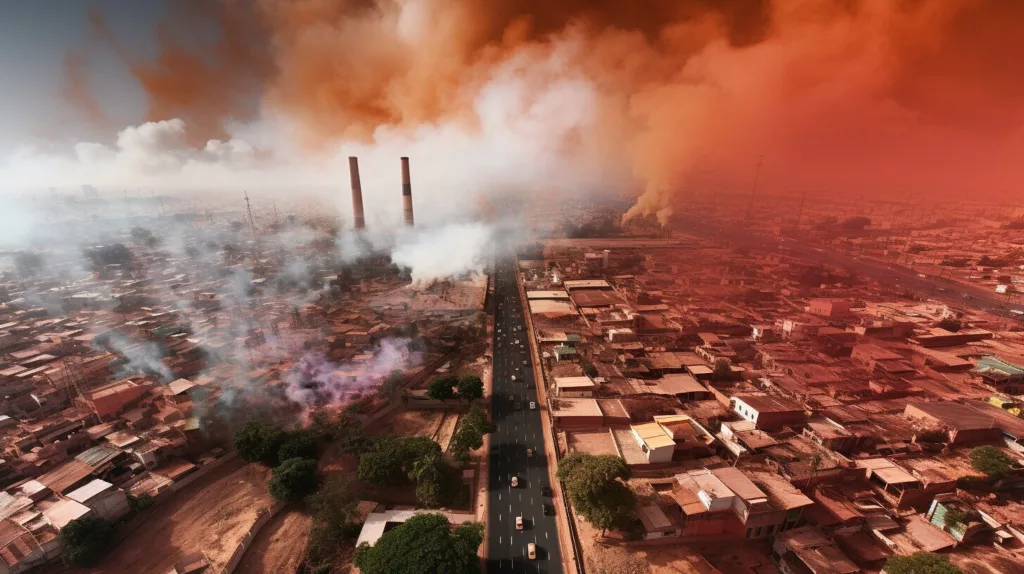
It is essential to address the root causes of air pollution in India to improve air quality and protect human health and the environment. This requires a collective effort from industries, governments, and individuals to reduce emissions, embrace clean energy sources, and adopt sustainable practices.
Air Pollution Solutions: Government Initiatives
As we have seen, air pollution is a pressing issue in India, affecting the health and well-being of millions of people. To tackle this environmental crisis, the Indian government has implemented several initiatives aimed at reducing pollution levels and improving air quality.
One such initiative is the National Clean Air Programme, launched in 2019, which aims to reduce particulate matter pollution by 20-30% in over 100 cities by 2024. The program includes measures such as promoting cleaner fuel and transportation systems, increasing monitoring and compliance with air quality standards, and facilitating public awareness and participation.
The government has also introduced the Bharat Stage VI emission standards, which mandate tighter regulations on vehicular emissions, and the Green Skill Development Programme, which trains individuals in green jobs related to the environment and pollution control.
Additionally, the government has announced plans to increase the share of renewable energy sources in the country’s energy mix and phase out coal-based power plants.
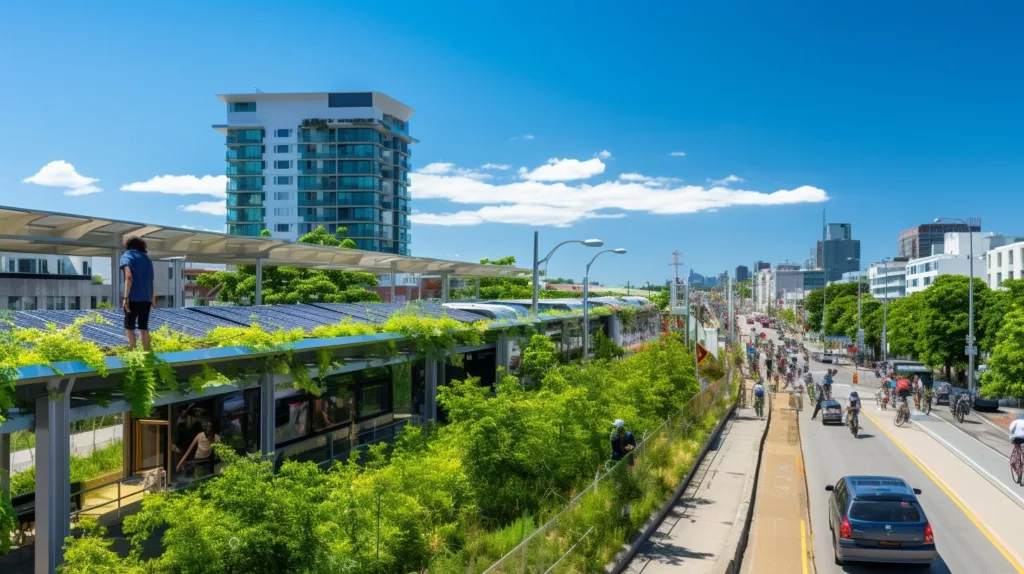
While these initiatives are a step in the right direction, more needs to be done to address the scale of the problem. It is crucial that the government continues to prioritize and invest in measures to combat air pollution in India.
Air Pollution Solutions: Individual Actions
While government initiatives and international cooperation are crucial in combating air pollution, individuals can also make a significant impact. Here are some ways in which we can take action to control and reduce air pollution:
- Reduce vehicle use: Using public transportation, carpooling, biking, or walking can significantly reduce emissions from vehicles. If driving is necessary, consider using a hybrid or electric vehicle.
- Reduce energy consumption: Conserving energy can reduce emissions from power plants. Turn off lights and electronics when not in use, use energy-efficient appliances, and consider using renewable energy sources such as solar or wind power.
- Properly dispose of waste: Improper waste disposal contributes to air pollution. Reduce, reuse, and recycle as much as possible and dispose of hazardous waste properly.
- Avoid burning: Burning waste, leaves, or other materials can release harmful pollutants into the air. Find alternative methods for waste disposal.
- Plant trees and greenery: Trees absorb carbon dioxide and other pollutants, making them natural air purifiers. Consider planting trees, creating green spaces, or supporting reforestation efforts.
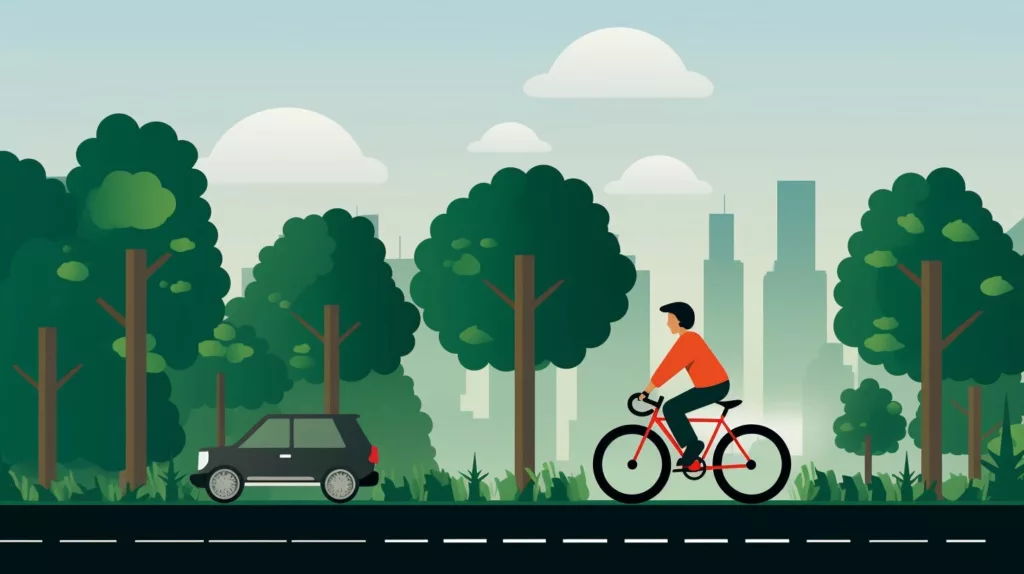
International Cooperation for Air Pollution Control
In the battle against air pollution, international cooperation and collaboration play a crucial role. Since air pollution is a global issue, countries around the world must work together to find effective solutions that will help reduce emissions and improve air quality.
Many countries, including India, have recognized the importance of international partnerships and have joined various initiatives and programs to tackle this issue. One such example is the partnership between India and Sweden, which focuses on sustainable urban development and aims to promote innovative solutions for cleaner air.
| Initiative | Description |
|---|---|
| Global Green Freight Action Plan | A collaboration between the United Nations Environment Program and the World Bank, with the aim of reducing greenhouse gas emissions from the freight sector. India is one of the partners involved in this initiative. |
| United Nations Framework Convention on Climate Change | A treaty signed by countries around the world that aims to reduce greenhouse gas emissions and limit the rise in global temperatures. India is a signatory to this treaty and has pledged to take steps to reduce its carbon footprint. |
| International Solar Alliance | A global initiative launched by India and France to promote the use of solar energy and reduce dependence on fossil fuels. The alliance aims to mobilize over a trillion dollars in investment by 2030. |
Through partnerships like these, countries can share knowledge, resources, and expertise to develop and implement effective strategies for reducing air pollution. International cooperation also helps to create a sense of global responsibility, encouraging countries to work together to address this critical issue.
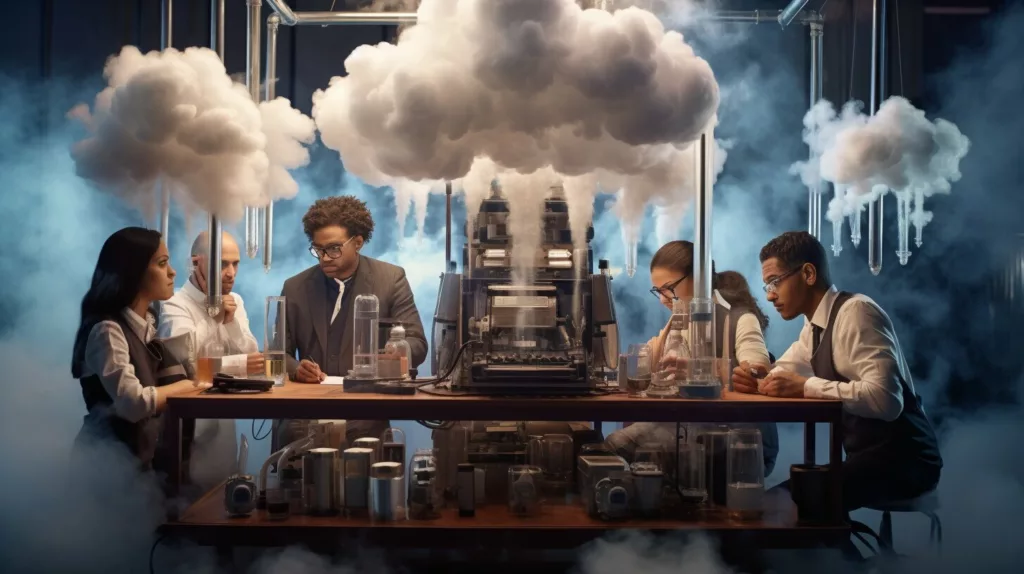
However, while international partnerships are an essential step in combating air pollution, they are not enough on their own. Countries must also take strong measures domestically to reduce emissions and improve air quality. By working together and taking decisive action, we can create a cleaner, healthier planet for ourselves and future generations.
Innovations in Air Pollution Control
As we continue to seek solutions for the air pollution crisis in India, innovative approaches and technologies are emerging to help combat this issue. One promising development is the advancement of clean energy sources, which can help reduce emissions from industrial and transportation sources.
Another area of innovation is in transportation. Electric vehicles are becoming increasingly popular, and as battery technology improves, they are becoming more efficient and affordable. This shift towards cleaner transportation options can lead to a significant decrease in air pollution levels.
Waste management is also a crucial aspect of air pollution control. Innovative solutions such as waste-to-energy plants, which convert waste into electricity, can help reduce both waste and pollution.
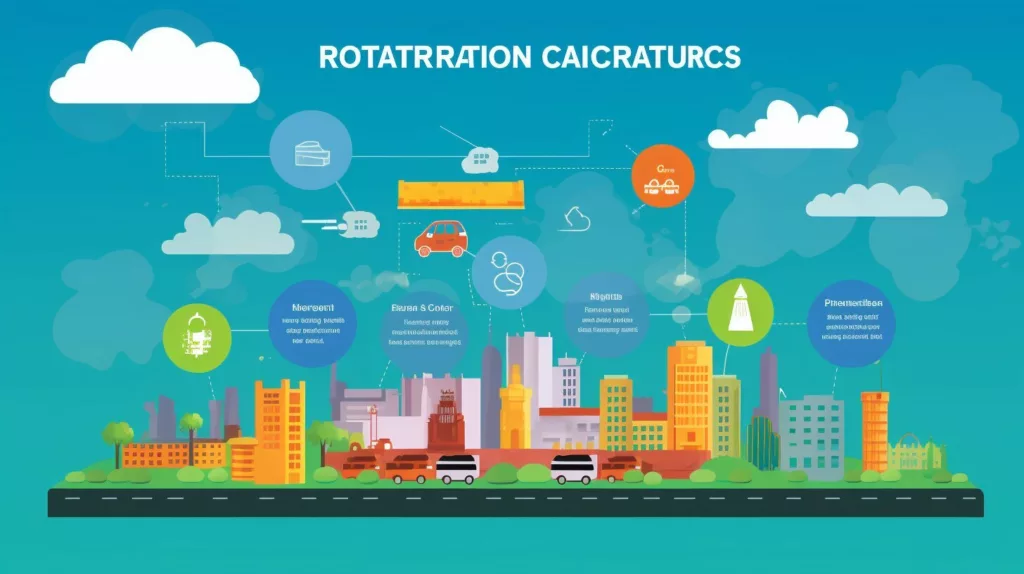
Additionally, advancements in air quality monitoring systems and technologies are providing more accurate and reliable data on pollution levels. This data is critical for policymakers to make informed decisions and implement effective pollution control measures.
Finally, public-private partnerships and initiatives are emerging to help fund and promote these innovative technologies and approaches. These collaborations aim to bring together industry leaders, government agencies, and academic institutions to tackle air pollution in an efficient and effective manner.
The Role of Public Awareness and Education
At the heart of any effective solution to India’s air pollution crisis lies public awareness and education. By understanding the causes, effects, and potential solutions of air pollution, individuals can take steps to mitigate its impact and contribute to a cleaner environment.
Through public awareness campaigns and educational programs, communities can gain a deeper understanding of the sources and impact of air pollution in their local environments. This knowledge can inspire individuals to take action, from reducing personal vehicle usage to advocating for stronger environmental policies.
Moreover, education can serve as a powerful tool for encouraging sustainable practices and promoting a culture of environmental responsibility. By incorporating environmental education into school curriculums, individuals of all ages can learn to appreciate the importance of clean air and take steps to protect it.
Ultimately, public awareness and education are essential components of any comprehensive solution to air pollution in India. By empowering individuals to take action and promoting a culture of environmental responsibility, we can collectively work towards a cleaner, healthier future.
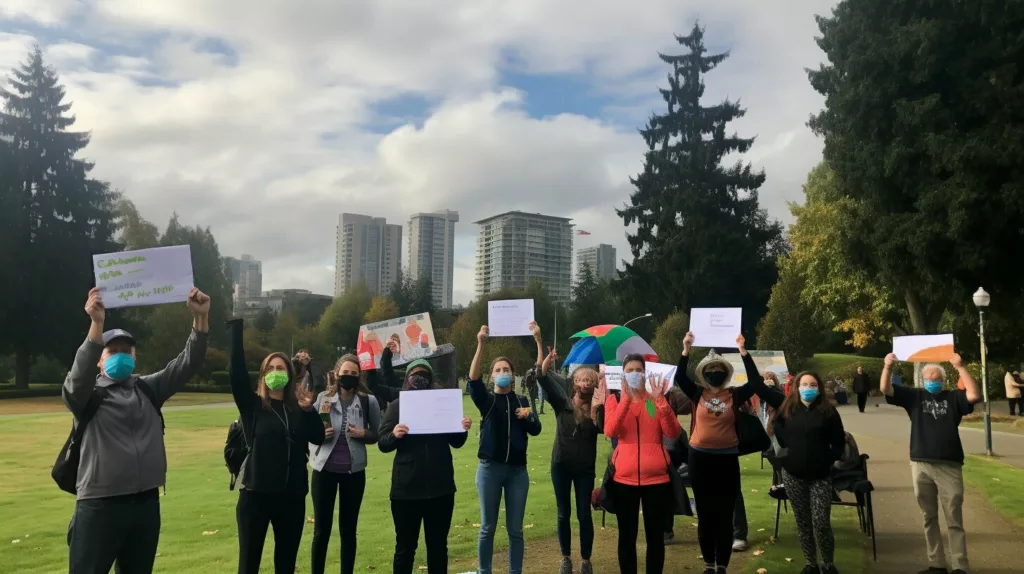
“It is vital that we recognize the role that public awareness and education play in addressing air pollution in India. By empowering individuals with the knowledge and tools to take action, we can make significant progress towards cleaner air and healthier communities.”
Advancing Air Quality Monitoring
The importance of accurate air quality monitoring cannot be overstated, as it provides critical data necessary for effective pollution control measures. In recent years, there have been significant advancements in air quality monitoring systems and technologies.
One such innovation is the development of low-cost air quality sensors that use cutting-edge technology to measure airborne pollutants. These sensors are portable and can provide real-time data on pollution levels, allowing for quick response times and targeted interventions.
Another advancement is the integration of satellite data into air quality monitoring systems. This technology allows for a more comprehensive understanding of air pollution levels across large geographic areas, enabling policymakers to develop more effective pollution control strategies.
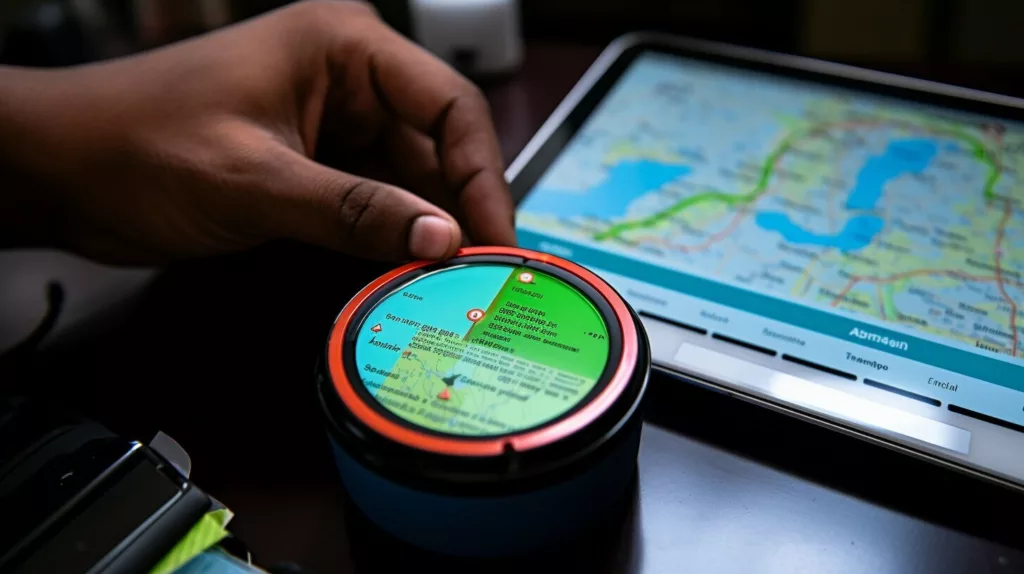
Additionally, there has been a push toward open data platforms, which allow for greater transparency and accessibility of air quality data. These platforms facilitate collaboration between researchers, policymakers, and the public in developing solutions to air pollution.
Overall, these advancements in air quality monitoring are crucial for addressing the issue of air pollution in India. They provide the necessary data and tools for developing effective policies and interventions and empower individuals and communities to take action to improve air quality.
Conclusion
In conclusion, it is clear that air pollution is a significant problem in India, with severe effects on human health, the environment, and the economy. The causes of air pollution are varied, including industrial emissions, vehicular pollution, and agricultural practices. However, there is hope for improvement, as there are numerous efforts underway to combat this issue.
The Indian government has implemented policies and regulations to reduce pollution levels and improve air quality. Additionally, individuals can take action and contribute to cleaner air by making simple changes in their daily lives. International cooperation and innovative technologies are also essential to addressing this global issue.
As we move forward, public awareness and education will play a crucial role in inspiring change and advancing air quality monitoring. It is imperative that we continue to work together to address air pollution in India and create a cleaner, healthier future for all.
Happy Learning
Also, Read,
Stylish Frameless Shower Doors
FAQ
What is air pollution?
Air pollution refers to the presence of harmful substances in the air, known as air pollutants, that can have adverse effects on human health, the environment, and the economy.
What are primary pollutants?
Primary pollutants are pollutants that are directly emitted into the air. They include substances such as sulfur dioxide, nitrogen dioxide, carbon monoxide, and particulate matter.
What are secondary pollutants?
Secondary pollutants are pollutants that are formed through chemical reactions in the atmosphere. They include substances such as ozone, sulfuric acid, and nitric acid.
What are the effects of air pollution?
Air pollution can have detrimental effects on human health, causing respiratory illnesses, cardiovascular problems, and even premature death. It also harms the environment, leading to ecosystem damage, crop yield reduction, and climate change.
What are the causes of air pollution in India?
Air pollution in India is caused by various factors, including industrial emissions, vehicular pollution, agricultural practices, and household activities such as cooking with solid fuels.
What are some government initiatives to address air pollution in India?
The Indian government has implemented several initiatives to tackle air pollution, including the introduction of stricter emission standards for industries and vehicles, the promotion of renewable energy sources, and the implementation of air quality monitoring systems.
What can individuals do to control air pollution?
Individuals can contribute to controlling air pollution by adopting sustainable transportation methods, conserving energy, reducing waste, planting trees, and promoting awareness among their communities.
How important is international cooperation in air pollution control?
International cooperation is crucial in addressing air pollution, as it requires collective efforts to mitigate the transboundary nature of this issue. Sharing knowledge, best practices and resources among countries can lead to more effective pollution control measures.
What innovations are being developed to control air pollution in India?
Innovations such as clean energy technologies, electric vehicles, and advanced waste management systems are being developed to combat air pollution in India. These advancements aim to reduce emissions and promote sustainable practices.
How does public awareness and education play a role in combating air pollution?
Public awareness and education are crucial in inspiring behavior change and promoting responsible actions to reduce air pollution. By educating communities about the causes, effects, and solutions, individuals can make informed choices that contribute to cleaner air.
What are the advancements in air quality monitoring?
Advancements in air quality monitoring include the development of more accurate and portable monitoring devices, the integration of remote sensing technologies, and the use of data analytics to provide real-time and comprehensive air quality information.



